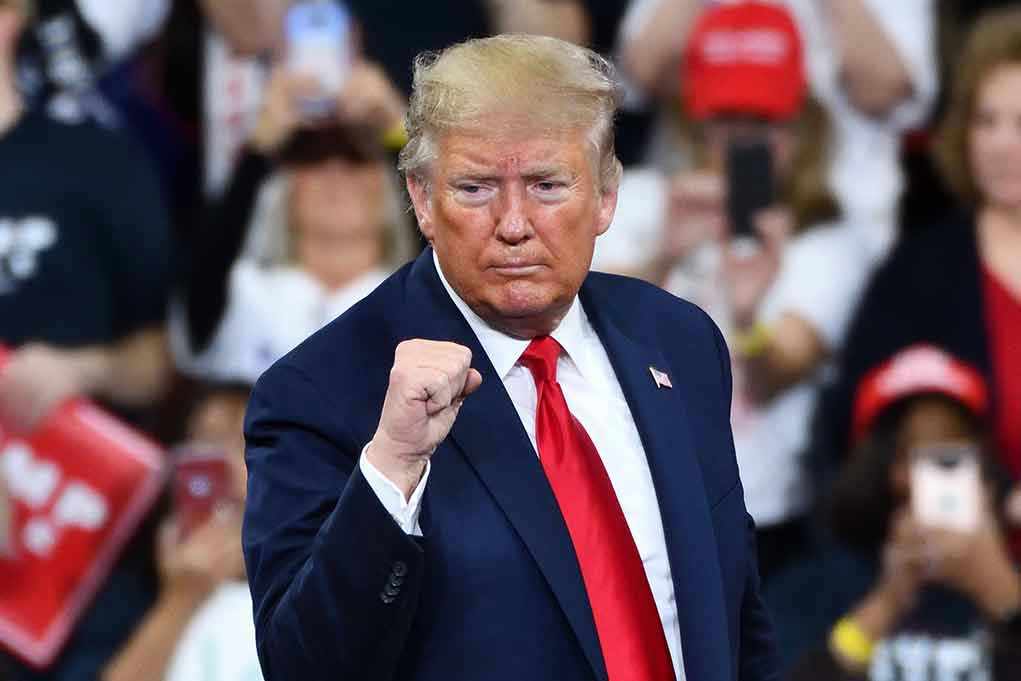
Diplomatic history shifted overnight as Donald Trump orchestrated an Israel-Hamas peace deal that stunned skeptics and left international leaders grasping for superlatives.
Story Snapshot
- Trump announced a U.S.-brokered agreement ending the two-year Gaza conflict and securing hostage release.
- International observers called the deal historic, with broad praise for Trump’s diplomatic leadership.
- The agreement features a multi-stage peace plan, regional mediation, and immediate humanitarian impact.
- Implementation hinges on Israeli cabinet approval and the willingness of both sides to honor commitments.
Trump’s Diplomatic Gambit Redefines Middle East Peace Efforts
On October 8, 2025, Donald Trump stood before the world and announced what many had deemed impossible: a phased peace agreement between Israel and Hamas, forged after years of bloodshed and failed negotiations. The first phase of Trump’s plan promised an immediate cessation of hostilities, the release of all remaining hostages, partial Israeli troop withdrawal from Gaza, and the resumption of desperately needed humanitarian aid. The announcement sent shockwaves through diplomatic circles, with leaders from Washington to Doha lauding Trump’s role as chief broker and praising the unprecedented cooperation among regional mediators.
The deal’s complexity underscored the gravity of the moment. Not only did it require Israel and Hamas to set aside entrenched animosities, but it also demanded deft mediation from Qatar, Egypt, and Turkey. Trump’s team, including veteran envoys and regional experts, reportedly worked round the clock in Egypt’s capital, squeezing progress from marathon indirect talks. The result: a multi-point roadmap promising both short-term relief for hostages and civilians, and a foundation for longer-term negotiation. The specifics—a 20-or-21-point peace plan—became secondary to the broader breakthrough: an agreement where none had seemed feasible.
From Chaos to Consensus: The Path to Agreement
The deal’s roots lay in the catastrophic events of October 7, 2023, when Hamas launched a massive attack on Israel, killing over 1,200 and taking 251 hostages. Israel’s response left Gaza devastated, with more than 66,000 casualties reported by Gaza’s health ministry. Ceasefire attempts repeatedly collapsed, fueling skepticism about any diplomatic solution. Yet by 2025, exhaustion and humanitarian catastrophe forced both sides to reconsider. Regional instability, including attacks on Red Sea shipping and an Israel-Iran flare-up, added urgency. Trump’s entry as mediator injected new leverage, drawing on relationships forged during the Abraham Accords and an unyielding drive for negotiation.
Israeli Prime Minister Benjamin Netanyahu and the Hamas leadership faced mounting pressure—from grieving families, battered economies, and hostile international opinion. Trump’s public announcement forced hands; Netanyahu described the agreement as a “great day” for Israel, while Hamas sought legitimacy and relief for a besieged Gaza. The regional mediators, led by Qatar, Egypt, and Turkey, balanced their own strategic interests with the imperative to stem further violence. The Israeli cabinet’s final approval remained the last major hurdle, with implementation details—such as a proposed “Board of Peace” for Gaza—still under discussion. Yet the momentum appeared unstoppable, with hostages expected to be freed within days.
Humanitarian Impact and Geopolitical Ramifications
The immediate effects of the agreement were felt across the region. Hostages and their families braced for long-awaited reunions, while Palestinian prisoners prepared for release. Humanitarian organizations mobilized to restore aid and infrastructure to a Gaza crippled by three years of siege and bombardment. Oil prices dipped briefly, signaling reduced geopolitical risk. Analysts described the deal as a “historic breakthrough,” but cautioned that its durability depended on the willingness of both Israel and Hamas to honor commitments. The agreement’s broader significance lay in shifting alliances and restoring U.S. diplomatic influence after years of regional turmoil.
The deal’s long-term prospects hinge on several factors. Implementation of oversight structures—potentially including the “Board of Peace”—could reshape governance in Gaza. Regional trade and security may stabilize if the ceasefire holds. The political fortunes of Israeli and Palestinian leaders will be tested by their ability to deliver on promises and withstand internal dissent. Skeptics warn of the fragility of the peace, citing failed accords of the past and deep-rooted mistrust. Yet the consensus among credible sources is clear: the Trump-brokered agreement, whatever its future, has already altered the trajectory of the conflict.












